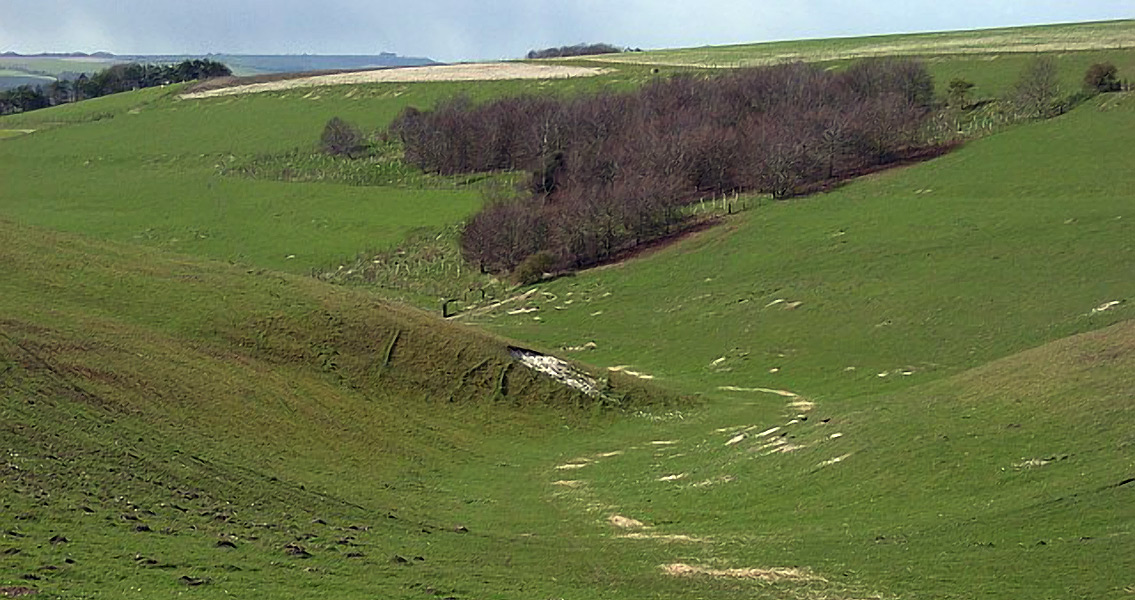<![CDATA[A new archaeological excavation co-funded by the University of Reading, the Wiltshire Museum, the Arts and Humanities Research Council and Historic England is slated to begin this summer in the Vale of Pewsey in Wiltshire, England, just seventeen short miles from Stonehenge. The region is a vast untapped source of archaeological finds dating back to the Neolithic, according to the university’s Archaeology Department and its Archaeology Field School director. In a statement released by the University of Reading, Dr. Jim Leary remarked that the new dig will be “the beginning of a new chapter in the story of Stonehenge and its surrounds. The Vale of Pewsey is a relatively untouched archaeological treasure-chest under the shadow of one of the wonders of the world.” The new excavation project, which is scheduled to span the course of the next three years, will be focused primarily on the Neolithic site known as Marden Henge, a stone formation that has been dated to 2400 BCE. While Marden no longer has any standing stones like its more famous neighbors Stonehenge and Avebury, the site in the Vale of Pewsey is the largest Neolithic enclosure discovered so far in the UK. In fact, Marden is around ten times the size of Stonehenge, according to World Heritage chief executive Duncan Wilson. However, there’s more than just the Vale’s prehistoric archaeology that is poised to be uncovered by the new project. Over the millennia the region has played host to Roman and medieval settlements, and the exploration of these varied time periods and their inhabitants is a secondary goal of the new university project. Dr. Leary stated that one of the integral goals of the excavation “is to further our understanding of how the use of the landscape evolved - from prehistory to history." The excavation of Marden Henge is even more noteworthy because those living in the region and visiting the Henge at the time of its construction during the Neolithic were likely to have been able to witness Stonehenge rising up into the sky, while its standing stones were hauled into position by whatever secret construction techniques its architects employed. Dr. Leary says he has considered the possibility that the three main Neolithic sites in the region – Marden, Stonehenge, and Avebury to the north – were close enough together to possibly have been used by the same communities for rituals and other purposes. Another possibility, the archaeologist says, is that the three sites were in competition with each other. The excavation of a collapsed Neolithic structure in Marden could shed new light on these methods – or any other aspects of the lives of those that lived during the era. The first phase of the dig, which will run for six weeks, will conclude on 25th July. Those interested in visiting the site will be welcomed to take a tour every day of the week except Fridays until the excavation concludes. Image courtesy of Wikimedia Commons user: Andrew Smith ]]>
New Excavation Slated in the Shadow of Stonehenge
